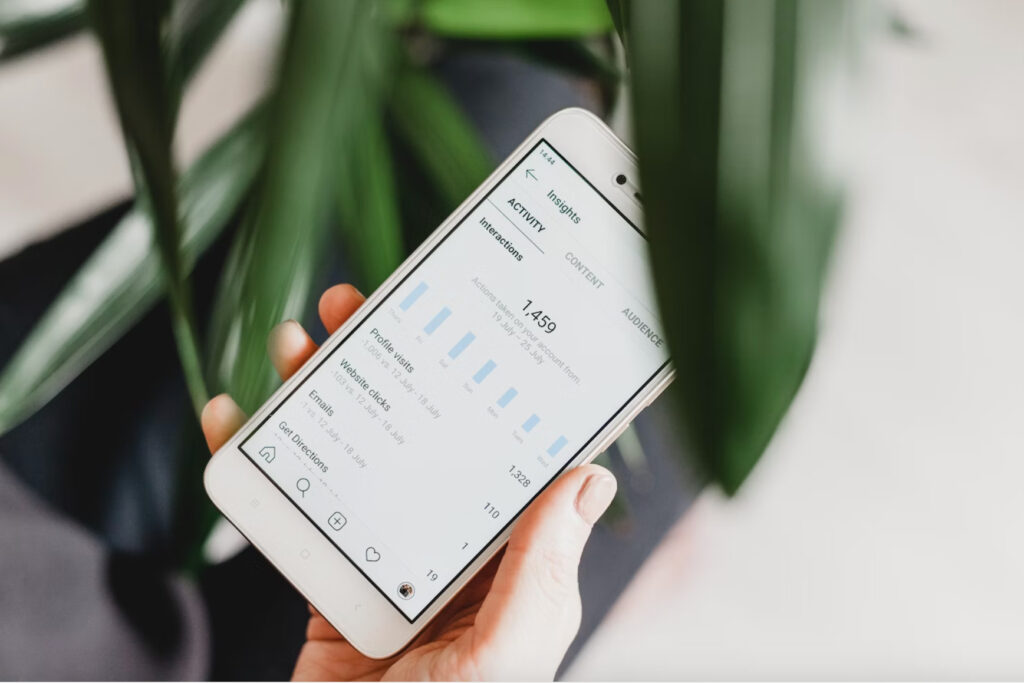PPC advertising for eCommerce is a powerful tool to drive targeted traffic and increase sales. In this article, we will provide a step-by-step guide to setting up and optimizing successful PPC campaigns for your eCommerce store. Whether you’re new to PPC advertising or looking to improve your existing campaigns, this article will provide you with the knowledge and tools you need to succeed.
Keyword Research
The first step in setting up successful PPC advertising for eCommerce is conducting thorough keyword research. This involves identifying the keywords and phrases that your target audience is using to search for products like yours. To do this, you can use keyword research tools such as Google Keyword Planner, SEMrush, or Ahrefs.
When selecting keywords for your eCommerce PPC campaigns, it’s important to consider factors such as search volume, competition, and relevance. Look for keywords that have high search volume and low competition, and that are highly relevant to your products and target audience.
Campaign Set-up
Once you have identified your target keywords, the next step is to set up your PPC campaigns in Google Ads. This involves selecting ad formats, setting campaign goals and budget, and creating ad groups for your target keywords.
For eCommerce stores, some of the most effective ad formats include product listing ads (PLAs), text ads, and remarketing ads. Each ad format has its own unique benefits and can be used to target different types of audiences.
When setting campaign goals and budget, it’s important to consider factors such as cost per click (CPC), conversion rates, and return on ad spend (ROAS). Start with a small budget and test different ad formats and targeting options to see what works best for your eCommerce store.
Ad Copy and Landing Pages
Once your campaigns are set up, the next step is to create effective ad copy and landing pages. Ad copy should be compelling and relevant, with a clear call-to-action (CTA) that encourages users to click through to your website. Use ad extensions such as sitelinks, callouts, and structured snippets to provide additional information about your products and services.
For landing pages, focus on creating a seamless user experience that matches the messaging and design of your ads. Use high-quality images and videos to showcase your products and highlight their features and benefits. Make sure your landing pages are mobile-friendly and optimized for fast load times.
To increase conversions on your landing pages, consider implementing conversion rate optimization (CRO) techniques such as A/B testing, heatmaps, and user feedback. This will help you identify areas for improvement and make data-driven decisions to improve your conversion rates over time.
Monitoring and Optimization
Once your campaigns are live, it’s important to monitor their performance and make adjustments as needed. Some of the key metrics to track include click-through rate (CTR), conversion rate, cost per conversion, and ROAS.
Use Google Ads’ reporting tools to analyze your data and identify areas for improvement. This may involve adjusting your ad copy, tweaking your targeting settings, or optimizing your landing pages for better conversions.
In addition to making ongoing optimizations, it’s important to regularly review and refine your overall PPC strategy. This may involve testing new ad formats or targeting options, expanding your keyword list, or experimenting with different bidding strategies.
Conclusion
PPC advertising for eCommerce can be a highly effective way to drive targeted traffic and increase sales for eCommerce stores. By following the strategies and best practices outlined in this article, you can set up and optimize successful PPC campaigns that deliver results.
Remember to conduct thorough keyword research, set clear campaign goals and budgets, create compelling ad copy and landing pages, and monitor and optimize your campaigns on an ongoing basis. With a data-driven approach and a focus on continuous improvement, you can achieve your eCommerce sales goals with PPC advertising.


